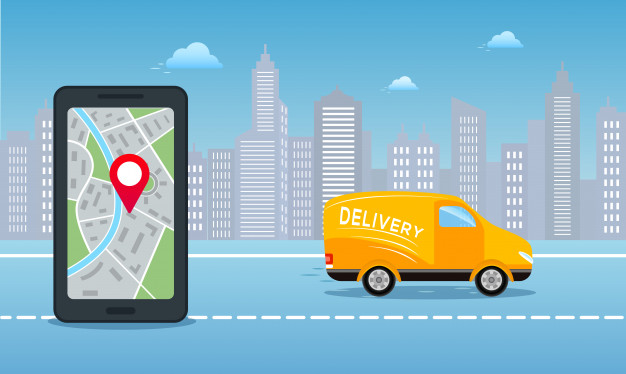

World economy hinges on one of the most diverse and fragmented industries, the transportation sector. As goods move around the world 24×7, there are various modes of transportation that are involved, from road to rail, air to water. This, coupled with various stages of transportation, has inherently made supply chain a highly complex network. For fleet owners, the biggest hurdle that is offered by the supply chain network is its security, namely cargo theft.
Truck drivers in India are asking for your help. Please donate now: https://bit.ly/2RweeKH
An unstructured supply chain paves way to many loopholes that are exploited by thieves resulting in disruption of the network. In India, the situation is steadily growing worrisome. As per reports, India accounted for 64% of cargo theft that took place in 2019 pan Asia, with cargo transit by road facing the maximum risk.
Strengthening Supply Chain Security With Telematics Data
LocoNav has been actively involved in smoothening out the disruptions and fallacies in transportation network in the country. With the aid of our expansive data, we have been able to help our clients identify areas of theft or pilferage, backed by detailed analysis.
Most of the incidents of theft take place when the cargo is in transit. Even if the vehicle is taking the designated route to deliver the load, the main challenge of identifying the location of theft remains. Our deep cognizance of telematics data obtained on our platform has enabled us to solve this problem with data-driven investigations.

Time Stamped Location Details
The Telematics devices embedded in all the vehicles on our platform provide us with detailed vehicular information, from accurate location data, to route analytics, to all the stoppages that are made while the vehicle is completing a trip. This data is time stamped with location coordinates in tow.
Identify Long Duration Stoppages
The key to solving this roadblock is to identify the stoppages that are of unnecessarily long durations. For a particular route, our data gives us insight into all the long duration stoppages that have been, or are being, made by the vehicles. Long duration stoppages are identified as halts that are being made for time periods exceeding a particular and pre-defined threshold.
Expected Halts vs Uncommon Stops
Taking the long duration halts as one data set, we examine this data in contrast to the common or expected stoppages on the route, such as dhabas, toll booths, petrol pumps, RTOs, etc. On running an analysis on these two data sets, it is easy to pluck out the long duration stoppages that do not fall under the category of expected halts, filtering out the uncommon stoppages.
Geotagging Potential Theft Locations
With this set of data available, we are able to separate recurring trends, i.e., if these stoppages are regularly being made on a particular route by a particular vehicle which do not belong to the set of expected halts. In this manner, we can geotag these set of locations as potential areas of theft and pilferage.
By leveraging the power of Telematics, we have been able to successfully improve supply chain efficiency, prevent incidents of theft and significantly improve the bottom line for many of our clients. From manufacturing equipment suppliers to FMCG carriers, our clients have reported higher business profits and a more transparent supply chain ecosystem.
Quick read: Telematics Technology: Working, Benefits & Future in India 2020
Quick read: Telematics Insurance: 4 Important Things You Must Know